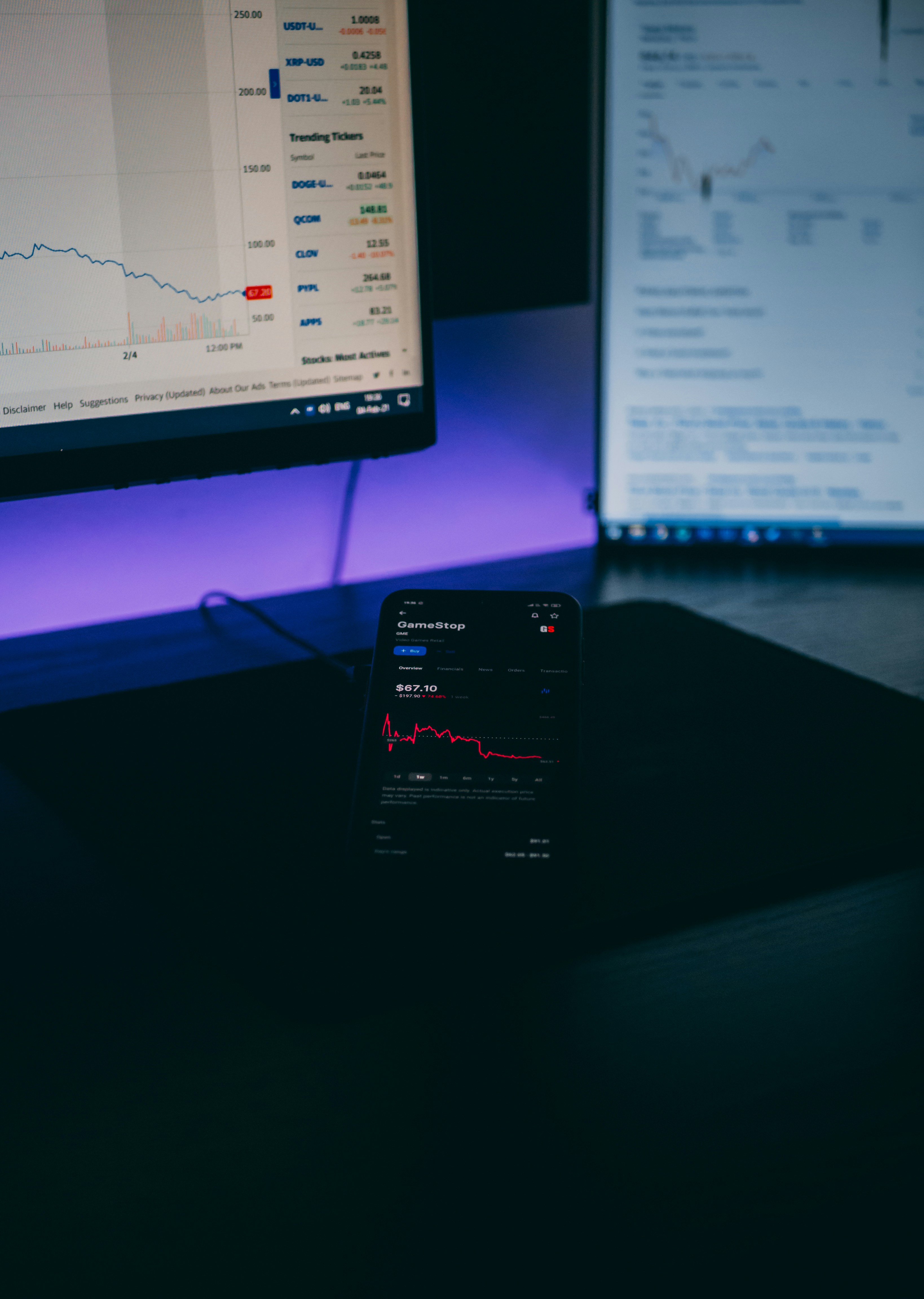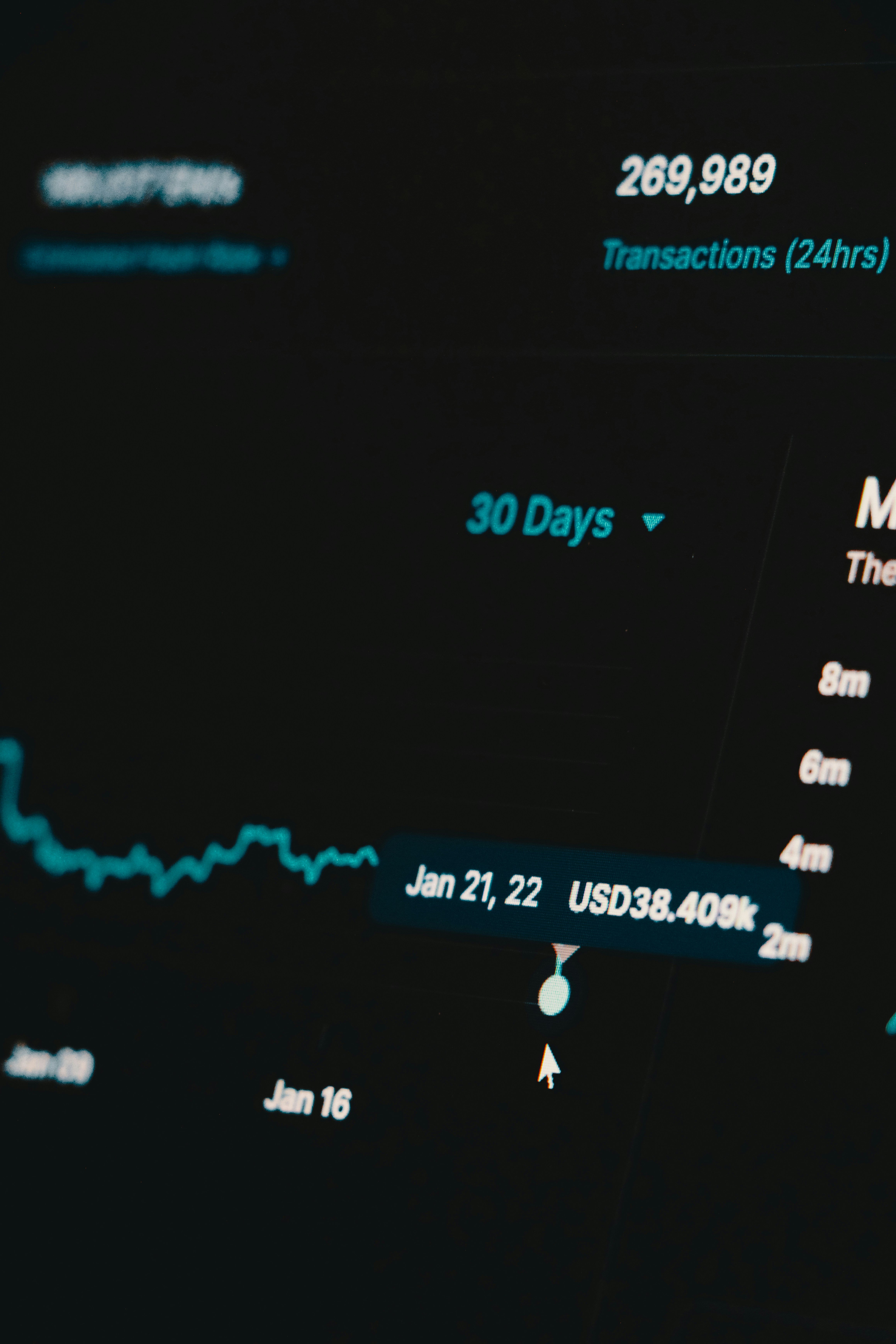Arbitrage Strategy
Capitalize on price discrepancies across global markets with UNVS sophisticated arbitrage strategies, automated execution systems, and risk-free profit generation techniques.
Market efficiency optimization through systematic arbitrage

Market Inefficiency
What is Arbitrage Strategy?
Risk-free profit generation: Arbitrage exploits price differences for the same asset across different markets, exchanges, or time periods, generating profits with minimal market risk exposure.
Simultaneous trading: Execute buy and sell orders simultaneously across different venues to capture price spreads while maintaining market-neutral positions.
Market efficiency contribution: Arbitrage activities help eliminate price discrepancies, contributing to overall market efficiency and price discovery across global financial markets.
Technology-dependent: Success requires advanced technology, fast execution systems, and sophisticated algorithms to identify and capitalize on fleeting arbitrage opportunities.
Types of Arbitrage
UNVS employs multiple arbitrage strategies including spatial arbitrage (price differences across exchanges), temporal arbitrage (price changes over time), triangular arbitrage (currency cross-rates), and statistical arbitrage (mean reversion patterns).
UNVS Arbitrage Solutions
Systematic Arbitrage Execution
UNVS has developed proprietary arbitrage systems that continuously scan global markets for price discrepancies across forex, cryptocurrency, and traditional asset classes. Our high-frequency trading infrastructure ensures optimal execution speed and minimal slippage in arbitrage operations.
Cross-Exchange Arbitrage
Real-time monitoring of price differences across multiple exchanges and trading venues. Our systems automatically execute trades when spreads exceed minimum thresholds, accounting for transaction costs, fees, and execution risks to ensure profitable operations.
Currency Arbitrage
Advanced triangular and cross-currency arbitrage strategies that exploit rate discrepancies in forex markets. Our algorithms continuously monitor currency crosses and forward rates to identify profitable arbitrage chains across major and minor currency pairs.
Statistical Arbitrage
Quantitative strategies that identify temporary price divergences from historical relationships between correlated assets. Using advanced statistical models and machine learning, we predict mean reversion patterns and execute market-neutral trades.
Risk Management
While arbitrage is considered low-risk, we implement comprehensive risk controls including execution risk monitoring, counterparty risk assessment, liquidity analysis, and real-time position tracking to ensure capital protection and consistent profitability.


Execution Technology
Advanced Execution Systems
Our arbitrage infrastructure is built for ultra-low latency execution with co-located servers, direct market access, and optimized network connections. This technological edge is essential for successful arbitrage in today's competitive electronic markets.
Real-Time Monitoring
Continuous scanning of thousands of price feeds across global markets, exchanges, and trading venues. Our monitoring systems process millions of data points per second to identify arbitrage opportunities the moment they appear in the market.
Automated Execution
Fully automated trade execution removes human delays and emotions from arbitrage operations. Our systems automatically calculate optimal position sizes, execute simultaneous trades, and manage risk parameters without manual intervention.
Liquidity Management
Sophisticated liquidity analysis ensures sufficient market depth for large arbitrage trades. We maintain relationships with multiple liquidity providers and employ smart order routing to optimize execution across fragmented markets.
Performance Analytics
Detailed performance tracking and analytics provide insights into arbitrage efficiency, profitability metrics, and strategy optimization opportunities. This data-driven approach enables continuous improvement and adaptation to changing market conditions.